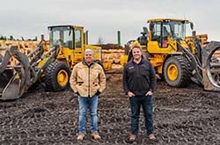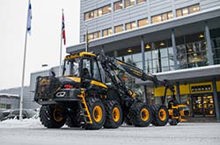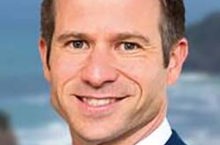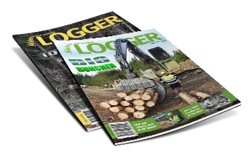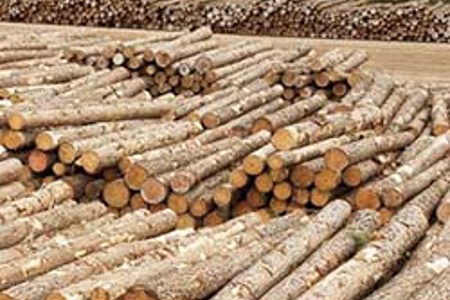
As the details of yet another worker death emerge from a court prosecution, WorkSafe is again urging the forestry sector to reflect on what more it can do to improve safety.
Jake Duncan was fatally struck when a log came loose and hurtled 325 metres down a hill at Tangoio, north of Napier, in June 2021. The 23-year-old was doing breaking out work, with felled logs connected to a hauling machine for extraction.
The loose log had been put in place as a ‘plug’ which acted as a bridge for other logs to slide over, until it gave way with tragic consequences. This uncommon method is known as plugging and bridging.
The pre-harvest risk assessment only listed two hazards for the entire site, and did not properly consider the risks of the plugged log dislodging. The company should also have had better controls in place to minimise the risk of workers like Jake Duncan being struck says WorkSafe.
These health and safety failures led to WorkSafe charging Mr Duncan’s employer, Logged on Logging 2020. In a reserved decision, the Napier District Court ordered Logged on Logging to pay reparations of $332,187. Another company, Forest Management (NZ), was sentenced in late 2023 for its health and safety failures with a fine of $50,400.
“Jake Duncan was a treasured father, partner, son, brother, and friend. The forestry industry owes it to whānau to ensure workers get home safely each day,” says WorkSafe’s Area Investigation Manager, Paul Budd.
“Businesses must manage their risks and up-to-date, site-specific risk assessments are a must-have in forestry. Plugging and bridging is an unstable method, and logs should be cleared as soon as possible to avoid coming loose.
“Jake Duncan’s workmate only survived because he jumped in the opposite direction as the log came down the hill. The terror the two men must have endured as they saw the log coming towards them is unthinkable,” says Mr Budd.
“WorkSafe’s new strategy zeroes in on forestry because its fatality rate is nearly 20 times higher than the average for all industries. Our priority plan for the sector notes workers hit or trapped by a moving object as a specific source of high harm. WorkSafe’s targeted frontline activities in forestry will be increasing as there are opportunities to significantly improve health and safety, reduce acute harm, and address inequities.
“WorkSafe's role is to influence businesses to meet their responsibilities and keep people healthy and safe, and where they don’t, we will take action.”

